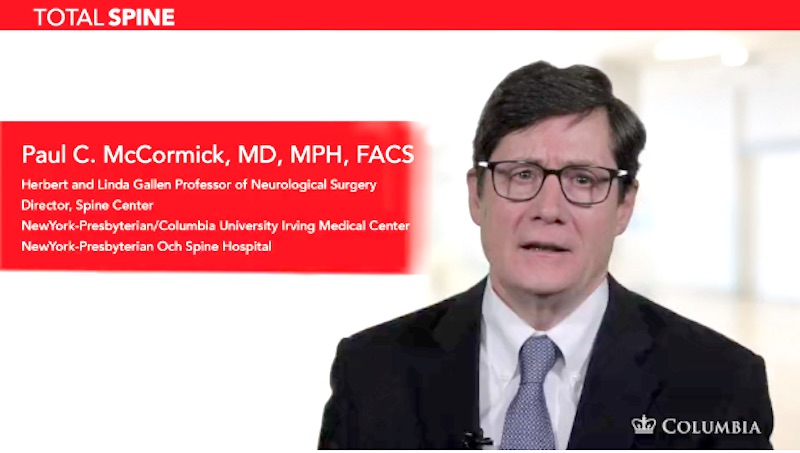Spinal = having to do with the spine
Dural = having to do with the dura, the outer lining of the brain and spinal cord
Arteriovenous = having to do with arteries and veins
Fistula = an abnormal connection or passageway
A spinal dural arteriovenous fistula (SDAVF) is an abnormal connection between arteries and veins in the dura, the outer lining of the spinal cord.
Arteries and veins are the two types of major blood vessels in the body. Arteries carry oxygen-rich blood to the body’s tissues, and veins bring oxygen-depleted blood back to the heart and lungs. Arteries are usually under high pressure, since the blood inside these vessels has recently been pumped forcefully from the heart. Veins are usually under lower pressure.
Normally, arteries and veins are connected by tiny vessels called capillaries. Capillaries handle the transition from higher to lower pressure, help supply nutrients from the blood to surrounding tissues, and help move waste products from the tissues to the blood. But in an SDAVF, the capillaries are missing. Arteries and veins are directly connected to each other. The direct connection between artery and vein is called a fistula.
This abnormal connection leads to a number of problems. For example, without capillaries, high-pressure arterial blood rushes directly into veins. Veins are not equipped to handle this influx. They can swell and bloat, and blood flow through them can become congested. This leads to swelling, which places harmful pressure on the spinal cord. In addition, without capillaries to handle nutrient exchange, the tissue around the SDAVF can have difficulty receiving nutrients like oxygen and glucose.
Any of these problems with blood flow, pressure, and nutrient delivery can cause injury to the tissues around the SDAVF. Tissue death in these areas can cause neurological dysfunction.
For information about abnormal tangles of blood vessels inside the spinal cord, see our page on spinal arteriovenous malformations (spinal AVMs).
| 

